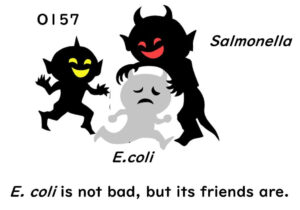Indicator microorganisms
Indicator microorganisms serve as benchmarks for assessing the microbial quality of food and water, offering insights into contamination risks, hygiene practices, and safety compliance. Explore their roles, significance, and applications in food safety monitoring and quality assurance.
Understanding E. coli and Coliform Bacteria: Key Differences, Roles, and Their Significance in Food Safety
In this article, we take a closer look at E. coli and the coliform bacteria family, two key players in food microbiology. What exactly are these microorganisms, and how do they differ? Where are they commonly found, and could they impact food safety? We’ll explore their presence in various environments, their roles as indicators in food hygiene, and why different countries regulate them differently. Let’s dive in to understand the unique characteristics of these bacteria and their significance in maintaining food safety standards worldwide.
